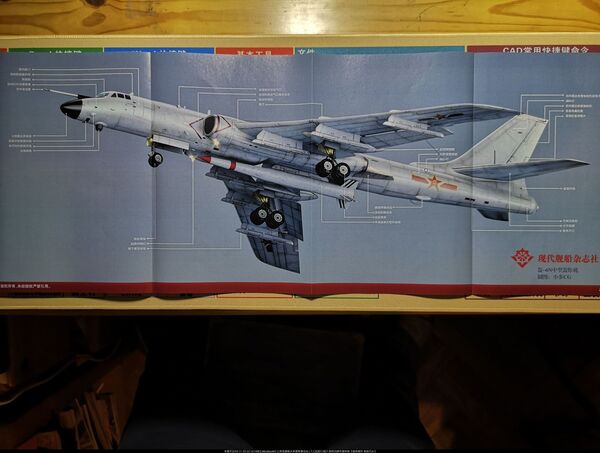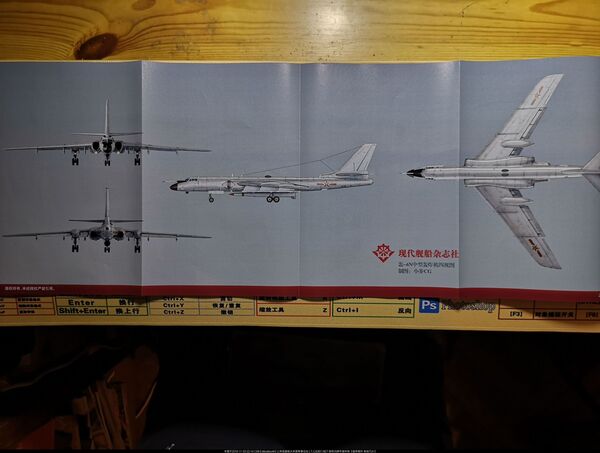The new edition of the magazine Modern Ships featured on its cover a drawing of Beijing’s H6-N bomber carrying what seems to be an air-launched ballistic missile underneath its belly. The images reportedly note only that the plane’s center-line pylon can be equipped with “large external objects,” but observers have noted the weapon’s incredibly similarity to the Dong Feng-15 ballistic missile already employed by China’s People’s Liberation Army Rocket Force (PLARF).

The only other ALBM currently in use is Russia’s hypersonic Kinzhal missile, which was introduced in 2017 is fired from a MiG-31 interceptor. The US and UK attempted to develop a viable ALBM in the Bold Orion project and GAM-87 Skybolt missile; while the program yielded the Polaris submarine-launched ballistic missile employed by the British Royal Navy as part of its sea-based nuclear deterrent for decades, the Pentagon abandoned the ALBM as intercontinental ballistic missiles became more a more viable alternative for a nuclear response. The Soviet Union, four years behind the US nuclear program, never considered the weapon, immediately developing ICBMs.

Even if the images posted yesterday were for the first time showing the underside of the latest H-6N bomber, these now clearly show not only the deleted bomb bay but also the semiconformal attachment for the new ballistic anti-ship missile.
— @Rupprecht_A (@RupprechtDeino) September 23, 2019
(Images via Huitong's CMA-Blog) pic.twitter.com/QKPq79TqlF
Another potential use for the exterior attachment could be lifting a new supersonic drone spotted in the National Day parade on October 1, which seems to have a corresponding top attachment spot.
Here is some rare footage of a US Air Force B-58 Hustler supersonic strategic bomber testing out an ALBM in the late 1950s:
However, China’s nuclear arsenal developed along very different lines than those of the US and Soviet Union. China’s small bomber fleet was never a viable threat to the US or USSR, and so in the late 1970s Beijing’s nuclear deterrent fell on the PLARF’s shoulders, building dozens of ICBMs.
China’s nuclear arsenal has never approached the numbers Moscow and Washington possess, either: the PLARF has just 90 ICBMs, and the US Defense Intelligence Agency estimates Beijing has just 290 nuclear warheads in total. The United States, by comparison, has a total of 6,185 nuclear weapons, according to the Federation of American Scientists, although more than half of them are not immediately ready for use.

However, this past May’s China Power Report noted a second ALBM could be in the works, with one being nuclear-armed and the other not, so it’s possible both the DF-15 and DF-21 are being modified for launch from an H-6N bomber.
US Navy and Air Force officials recently highlighted their prioritization of developing anti-missile weaponry, especially in the form of lasers. Programs like HELIOS aim to develop defensive lasers powerful enough to burn through the vital parts of an incoming missile, shutting it down before it can strike its intended target. While the US has considerable anti-ballistic missile defense, Chinese and Russian development of hypersonic cruise missiles has reoriented their focus.




